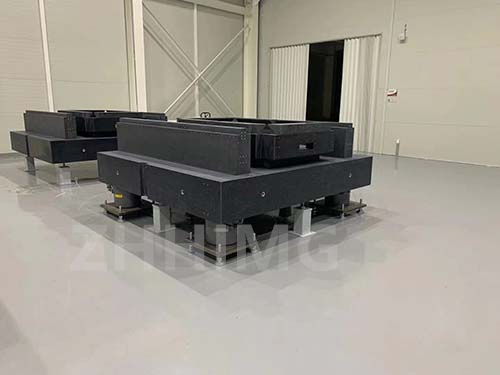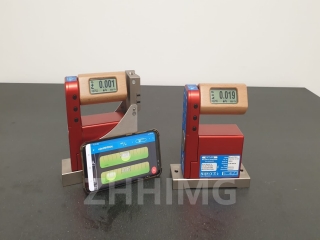Granite surface plates are renowned for their stability and precision, serving as essential tools in industries ranging from aerospace to semiconductor manufacturing. However, even these highly durable plates require periodic calibration to maintain their accuracy. Determining the ideal calibration interval depends on several key factors.

Usage Frequency and Environment
The most significant determinant of calibration frequency is how often the plate is used and its operating environment. In high-volume manufacturing settings where the plate endures daily use, frequent contact with tools and components, and exposure to debris, calibration every 3 - 6 months is advisable. For instance, in automotive factories using the plate for constant inspection of engine parts, regular calibration ensures that measurement errors don't accumulate over time. On the other hand, plates in less demanding environments, such as occasional use in research laboratories, may only need calibration once a year or even less frequently.
Accuracy Requirements
The level of precision demanded by specific applications also plays a crucial role. In industries like aerospace and semiconductor manufacturing, where tolerances are often in the micrometer range, more frequent calibration (quarterly or semi-annually) is necessary. A slight deviation in the granite plate's flatness can lead to significant errors in measuring high-precision components, such as turbine blades or microchips. Conversely, for general manufacturing tasks with looser tolerances, an annual calibration schedule may suffice.
Visual Inspection and Maintenance
Regular visual inspections can help identify signs that indicate the need for calibration. Cracks, chips, or uneven wear on the surface may compromise the plate's accuracy. Additionally, if measurements taken on the plate seem inconsistent or deviate from expected values, it's a clear signal to perform calibration immediately. Routine maintenance, including proper cleaning and storage, can extend the time between calibrations. For example, storing the plate in a temperature - controlled environment away from mechanical vibrations reduces the risk of deformation.
Industry Standards and Best Practices
Many industries follow established standards, such as those set by the American Society of Mechanical Engineers (ASME) B89.3.7. While these standards don't mandate specific calibration intervals, they provide guidelines on acceptable flatness tolerances. Consulting with calibration service providers or referring to the manufacturer's recommendations can also offer insights into suitable calibration schedules based on the plate's grade and intended use.
In conclusion, calibrating a granite surface plate requires a balance of factors including usage, accuracy needs, and visual assessment. By carefully considering these elements, industries can ensure their plates remain reliable tools for precise measurements, ultimately improving product quality and manufacturing efficiency.
Post time: May-23-2025

